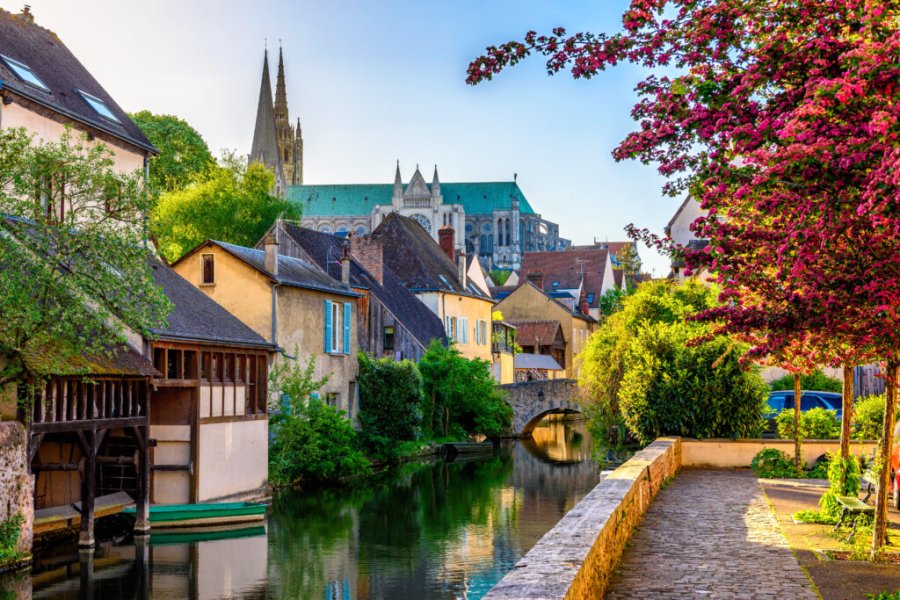Travel Guide Campo Grande
Find an accommodation
Advertising
Built at the end of the 19th century, Campo Grande, the capital of this region, was born from the pioneer push towards new spaces in the west, lands of mining, hunting, fishing, breeding or cultivation. The advance of the railroad was decisive for its development. It has about 800,000 inhabitants, but seems to have retained its provincial charm. The city has few historical buildings of interest, but it is dynamic and pleasant thanks to its museums, its fairs and markets and its lively avenues at night. Like Cuiabá, its current prosperity is linked to the soybean and livestock boom. The atmosphere is a curious mixture of modernity, linked to the "administrative-tertiary" activity of the city (Campo Grande is the capital of the state and an important university center) and of an agricultural town, where the gleaming 4x4s are covered with the red earth of the cerrados, which has earned it its nickname of Cidade Morena. The city is very rich in green space and houses the only "Indian" village located in an urban area. Nearly 9,000 Guarani, Kadiweu, Terenà and Xavante live in the Aldeia Marçal de Souza in conditions that are often better than those in the favelas, even though... The city has a cosmopolitan tradition whose influence can be seen in the local cuisine. Japanese, Bolivian and Paraguayan communities have long been established, each contributing to the region's dynamism. The influences can be felt in the gastronomy, of course. A pleasant stopover, the major interest of Campo Grande remains however its strategic position as the gateway to the Pantanal.
What to visit Campo Grande?
Advertising
Weather at the moment
Advertising
Organize your trip with our partners Campo Grande
Transportation
Book your plane tickets
Car Rental
Boat rental
Accommodation & stays
Find a hotel
Holiday rental
Find your campsite
Tailor-made trip
Immersion travel
Services / On site
Activities & visits
Find a doctor











